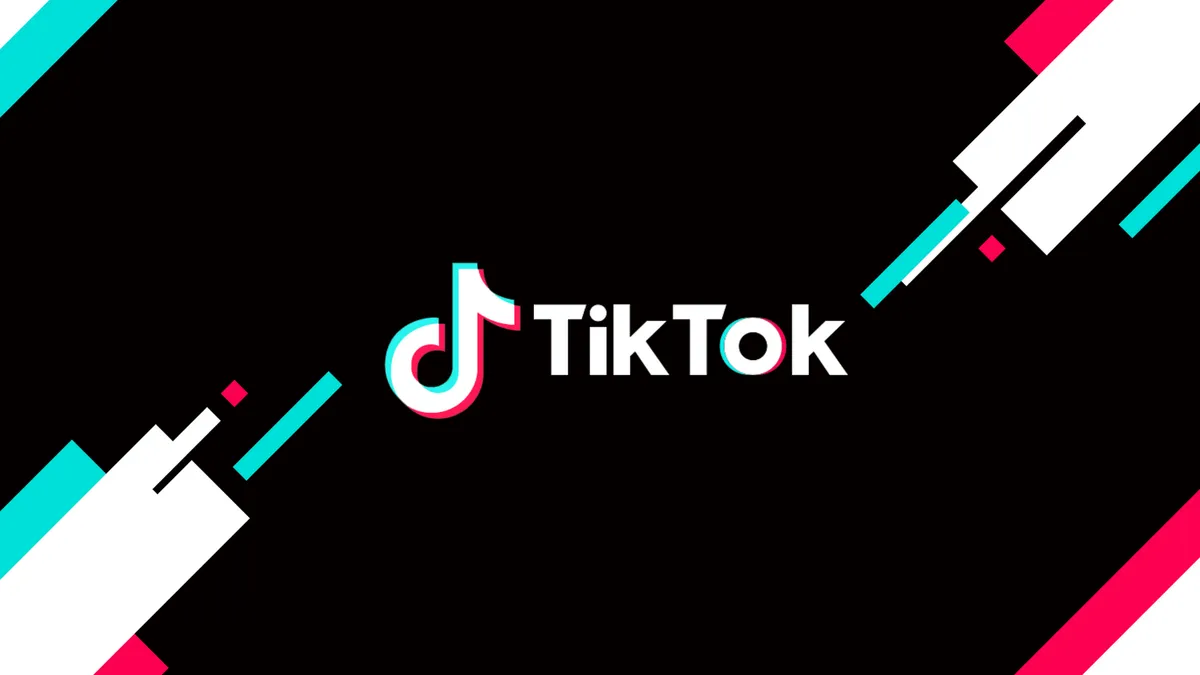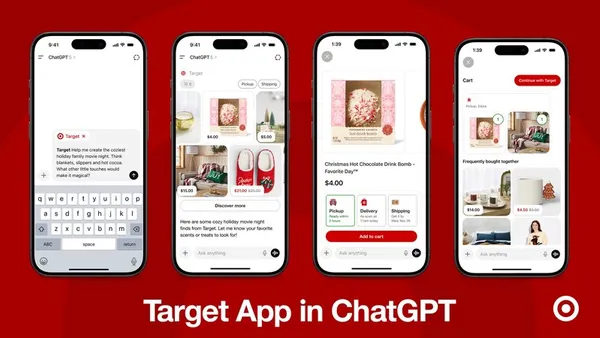Brief:
- TikTok is looking to expand into more live broadcasts and educational content as the social video app diversifies away from the dance and music videos that have fueled its rapid growth in the past two years, CNet reported.
- Bryan Thoensen, head of content partnerships at TikTok, told CNet that people are spending more time watching videos on the app during the pandemic, while creators are broadening the range of content they share to include sports, gaming, cooking, fashion and beauty videos. Livestreams are helping to connect creators with audiences in real time, per CNet.
- TikTok's users have also branched out from dance videos to show off projects like Christmas ornaments, woodworking, calligraphy or making dalgona iced coffee by whipping instant coffee mix. Doctors are at the same time sharing medical advice during the pandemic, Thoensen said in the interview.
Insight:
TikTok has experienced dramatic growth in the past two years by showcasing videos that are driving the most engagement on the platform, regardless of whether people follow specific accounts. The app also provides accessible tools to quickly make videos, add special effects and select a soundtrack, which has led several accounts to become "TikTok famous" overnight. While music and dance videos have built up the ByteDance-owned app's reputation, an expansion into livestreaming and educational content now could provide more variety to advertisers and users during a period where sustaining growth and revenue will be critical.
Diversifying its content slate could help TikTok extend its audience beyond the 16-to-24 demographic that makes up 43% of its user base and appeal to brands that want to reach consumers with greater spending power. Live video has certain advantages in creating a sense of immediacy among viewers, while educational content can help to cultivate the types of enthusiasts that are important for niche marketing. Both are areas that have experienced a sharp uptick in interest due to the coronavirus pandemic, as people spend more time on social media to stay entertained and informed while outdoor activities are restricted.
Thoensen's nodding to a harder push on areas like livestreaming comes ahead of TikTok's first appearance at the Interactive Advertising Bureau's Digital Content NewFronts later this month. The annual series of presentations, which are all virtual this year due to the coronavirus, is a key venue for digital platforms and publishers to secure ad spending commitments and forge partnerships with brands. TikTok's presence marks a significant step in its efforts to make media buyers more aware of its ability to engage audiences, especially younger mobile users who share videos, follow influencers and participate in hashtag challenges that brands are increasingly generating as part of their social campaigns.
While TikTok could be gunning for more older users over the long term, its predominantly young core users are a large draw for advertisers that struggle to reach those groups elsewhere. TikTok's expanded range of programming may become a bigger threat to rivals like YouTube and Instagram that also are dominant among younger audiences. U.S. children ages 4 to 15 spend an average of 82 minutes a day on TikTok — twice as much as last year — compared with 86 minutes for YouTube and 50 minutes for Instagram, per a recent study by digital safety app maker Qustodio. The viewing habits that Gen Z and younger demographics are forming now may carry into adulthood, making platforms like TikTok more significant to marketers.
Other business moves key into how TikTok is viewing areas like streaming for the future. Last month, the company named Kevin Mayer as CEO, providing China-based ByteDance a stronger leadership foothold in the U.S. Mayer will oversee TikTok's global expansion, including sales, marketing, public affairs, corporate development, security, content moderation and legal affairs. He previously worked at Disney, where he spearheaded the successful launch on the entertainment giant's Disney+ streaming service.













